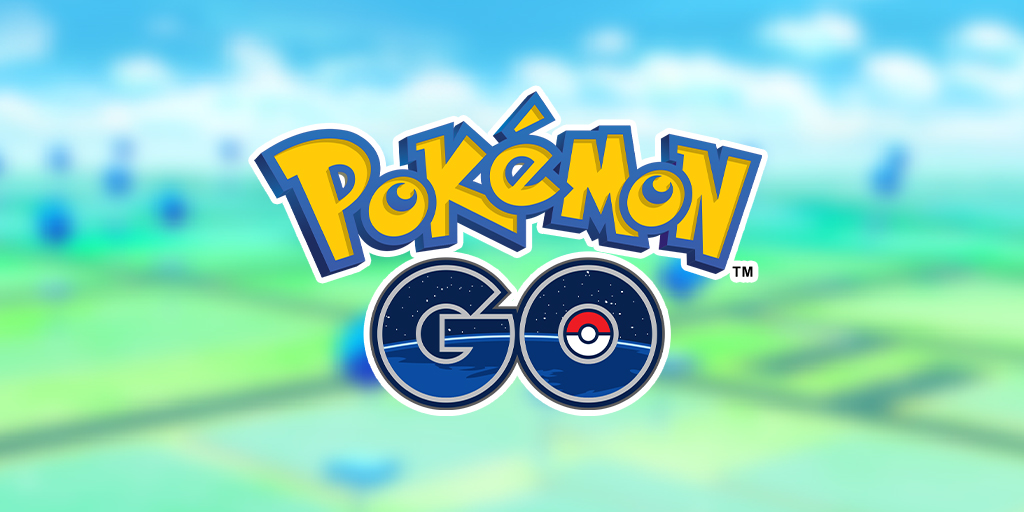Niantic, the developer behind the global phenomenon Pokemon GO, has announced the impending arrival of two new Ultra Beasts to the augmented reality game. Trainers worldwide are abuzz with excitement at the prospect of adding these elusive creatures, Blacephalon and Stakataka, to their collections. However, there’s a notable catch that’s stirring conversation within the Pokemon community.
Blacephalon and Stakataka, two formidable Ultra Beasts originating from the Alola region, are set to make their debut in Pokemon GO. This announcement marks the culmination of Niantic’s efforts to expand the game’s Pokedex, particularly focusing on the introduction of the enigmatic Ultra Beasts that first appeared in Generation 7 of the main series Pokemon games.
The Ultra Beasts, known for their otherworldly appearances and unique abilities, have been a source of intrigue for Pokemon enthusiasts since their introduction. Previous events in Pokemon GO, such as the Ultra Beast Arrival event, offered players the chance to encounter select members of this extraordinary group through Raid battles. Now, with the impending arrival of Blacephalon and Stakataka, trainers have the opportunity to complete their Ultra Beast collections.
However, the excitement surrounding this announcement is tempered by a significant caveat: both Blacephalon and Stakataka will be region-locked upon their release. In a departure from the standard global availability of Pokemon in the game, these two Ultra Beasts will be restricted to specific hemispheres during their limited-time appearance in 5-star Raids.
According to details shared by Pokemon GO via its official Twitter account, Blacephalon will only be accessible to players located in the Western Hemisphere, while Stakataka will exclusively appear in Raids for trainers situated in the Eastern Hemisphere. This regional exclusivity adds a layer of complexity to the gameplay experience, requiring trainers to collaborate across geographical boundaries to secure both creatures.
The concept of region exclusivity is not new to Pokemon GO, as the game has previously featured certain Pokemon that are only obtainable in specific regions. Variants of existing Pokemon, such as Flabebe and Basculin, as well as other Ultra Beasts like Kartana and Celesteela, have been subject to similar restrictions based on geographic location.
Despite its prevalence, region exclusivity remains a contentious aspect of Pokemon GO, with some players expressing frustration over the limitations it imposes on their ability to complete their collections. Criticism has been levelled at Niantic for potentially incentivising in-person Raid participation over remote alternatives, particularly following adjustments made to the game’s Raid mechanics.
In response to these concerns, Niantic has maintained its stance on region exclusivity, affirming its commitment to preserving this mechanic within the game. While acknowledging the challenges it presents to certain players, Niantic encourages trainers to engage with events and utilise remote Raid opportunities to maximise their chances of encountering region-exclusive Pokemon.
As the Pokemon GO community eagerly anticipates the arrival of Blacephalon and Stakataka, discussions surrounding the implications of their region-locked status continue to unfold. Trainers are urged to prepare for the upcoming Raid events, collaborate with fellow players across hemispheres, and embrace the opportunity to expand their collections with these elusive Ultra Beasts.
In the ever-evolving landscape of Pokemon GO, adaptability and collaboration are key virtues for trainers seeking to overcome the challenges presented by region exclusivity and achieve their goals within the game’s dynamic ecosystem.


